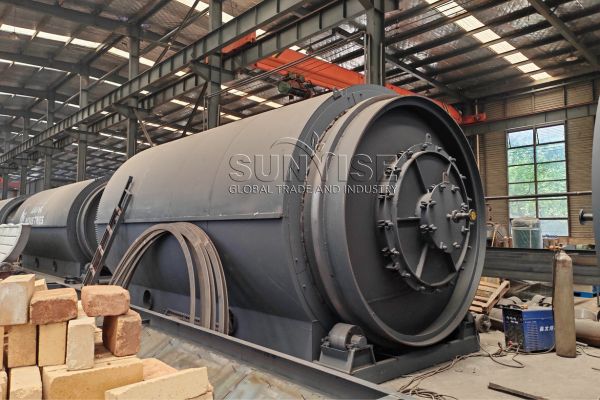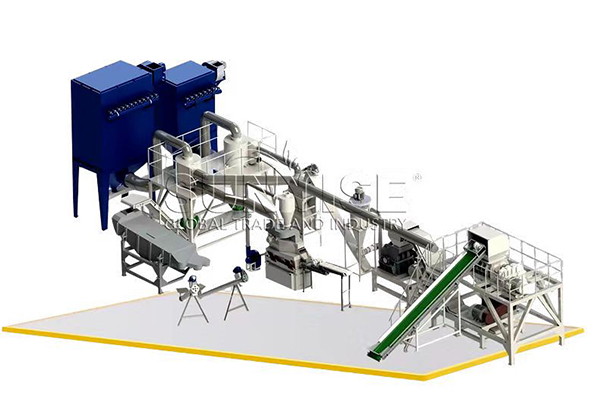In recent years, the ubiquity of lithium batteries has been truly remarkable. They power our smartphones, laptops, electric vehicles, and countless other portable and stationary devices that have become integral to our modern lives.
However, as the lifespan of these lithium batteries inevitably comes to an end, a crucial question arises: what becomes of them? Do they simply end up as hazardous waste, or is there hidden value waiting to be unlocked? This leads us to explore a fascinating aspect: what valuable materials within lithium batteries can actually be recycled?
Valuable Materials Hidden in Spent Lithium-ion Batteries


Content of valuable metals in different types of spent LIBs
1. Lithium: It is a key element in lithium batteries and is known as a “high energy metal”. Lithium has strong metal activity and is widely used in lithium-ion batteries as an active material. In addition to battery applications, its lithium compounds can be used as a cosolvent in ceramic products and as a deoxidizer or dechlorination agent in the metallurgical industry.
2. Cobalt: This is a scarce strategic metal. It is often found in alloy form in lithium-ion batteries as it is combined with other metals. Cobalt is an important component in the cathode materials of lithium batteries, and its recovery is of great significance. Although only found in a limited number of small deposits in pure form, it plays a crucial role in enhancing the performance of batteries.
3. Nickel: A silvery-white metal with a slightly golden luster, nickel is highly active. It is one of the most widely used chemical elements throughout human history and is an important constituent in lithium batteries, especially in the cathode materials, helping to improve the battery’s electrochemical performance.
4. Manganese: This chemical element is found naturally as a hard metal with a shiny silver surface and is quite brittle in its natural form. It is commonly found alongside iron deposits and is relatively easier to recover through recycling. Manganese is also an important component in some types of lithium battery cathode materials.
5. Graphite (from the anode): Graphite is the main material in the anode of most lithium batteries. It has good electrical conductivity and can store and release lithium ions during the charging and discharging process. Recycled graphite can be used in various applications such as in the production of new batteries or other graphite-based products.
6. Copper and Aluminum (from the current collectors and casings): The current collectors and casings of lithium batteries may be made of copper and aluminum. These metals have high recycling value and can be separated and recovered through appropriate recycling processes for reuse in the manufacturing of other metal products.
The Gateway to Efficient Lithium Battery Recycling: Our Factory’s Solution
As we have seen, lithium batteries hold a trove of valuable elements within, presenting both an environmental imperative and an economic opportunity.
However, to fully unlock and harness these resources, one needs state-of-the-art recycling equipment. This is where our factory steps in. Our lithium battery recycling equipment is designed with precision and innovation. It incorporates advanced separation and extraction technologies that can efficiently and effectively isolate lithium, cobalt, nickel, and other precious substances from spent batteries.
Whether you are a small-scale recycler looking to expand (a 300kgh business plan)or a large enterprise aiming to optimize your lithium battery recycling process, our factory’s equipment is the ideal solution. Contact us today and let us help you turn waste lithium batteries into valuable assets while contributing to a more sustainable future.
Contact Us





